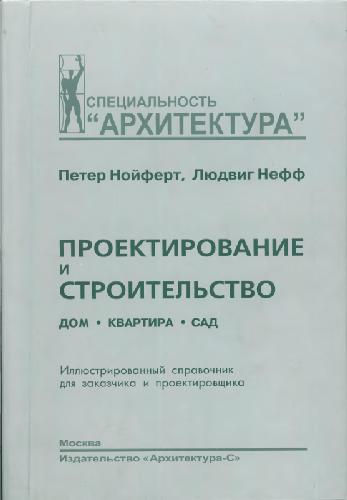- 2 402 202 книги
- Поиск
libcats.org







Polyelectrolytes with Defined Molecular Architecture II
Manfred SchmidtRod-like polyelectrolytes represent ideal model systems for a comprehensive comparison of theory and experiment because their conformation is independent of the ionic strength in the system. Hence, the correlation of the counterions to the highly charged macroion can be studied without the interference of conformational effects. In this chapter the synthesis and the solution behavior of rigid, rod-like cationic polyelectrolytes having poly(p-phenylene) (PPP) backbones is reviewed. These polymers can be characterized precisely and possess degrees of polymerization of up to Pn ад 70. The analysis of the uncharged precursor polymer demonstrated that the PPP backbone has a high persistence length (ca. 22 nm) and hence may be regarded in an excellent approximation as rod-like macromolecules. The solution properties of the PPP-polyelectrolytes were analyzed using electric birefringence, small-angle X-ray scattering (SAXS) and osmometry. Measurements of the electric birefringence demonstrate that these systems form molecularly disperse systems in aqueous solution. The dependence of electric birefringence on the concentration of added salt indicates that an increase of ionic strength leads to stronger binding of counterions to the polyion. Data obtained from osmometry and small-angle X-ray scattering can directly be compared to the prediction of the Poisson-Boltzmann theory and simulations of the restricted primitive model. Semi-quantitative agreement is achieved.
Скачать книгу бесплатно (pdf, 3.98 Mb)
Читать «Polyelectrolytes with Defined Molecular Architecture II»
Читать «Polyelectrolytes with Defined Molecular Architecture II»
EPUB | FB2 | MOBI | TXT | RTF
* Конвертация файла может нарушить форматирование оригинала. По-возможности скачивайте файл в оригинальном формате.
Популярные книги за неделю:

Проектирование и строительство. Дом, квартира, сад
Автор: Петер Нойферт, Автор: Людвиг Нефф
Размер книги: 20.83 Mb

Система упражнений по развитию способностей человека (Практическое пособие)
Автор: Петров Аркадий НаумовичКатегория: Путь к себе
Размер книги: 818 Kb

Сотворение мира (3-х томник)
Автор: Петров Аркадий НаумовичКатегория: Путь к себе
Размер книги: 817 Kb

Радиолюбительские схемы на ИС типа 555
Автор: Трейстер Р.Категория: Электротехника и связь
Размер книги: 13.64 Mb
Только что пользователи скачали эти книги:

Iterated function systems for real-time image synthesis
Автор: Slawomir NikielКатегория: Computational geometry
Размер книги: 2.39 Mb

Classical Mechanics
Автор: Walter GreinerКатегория: P_Physics, PG_General courses
Размер книги: 5.92 Mb

Once an Addict (Epub & Mobi)
Автор: Barry Woodward, Автор: Andrew ChamberlainКатегория: Christian
Размер книги: 689 Kb






